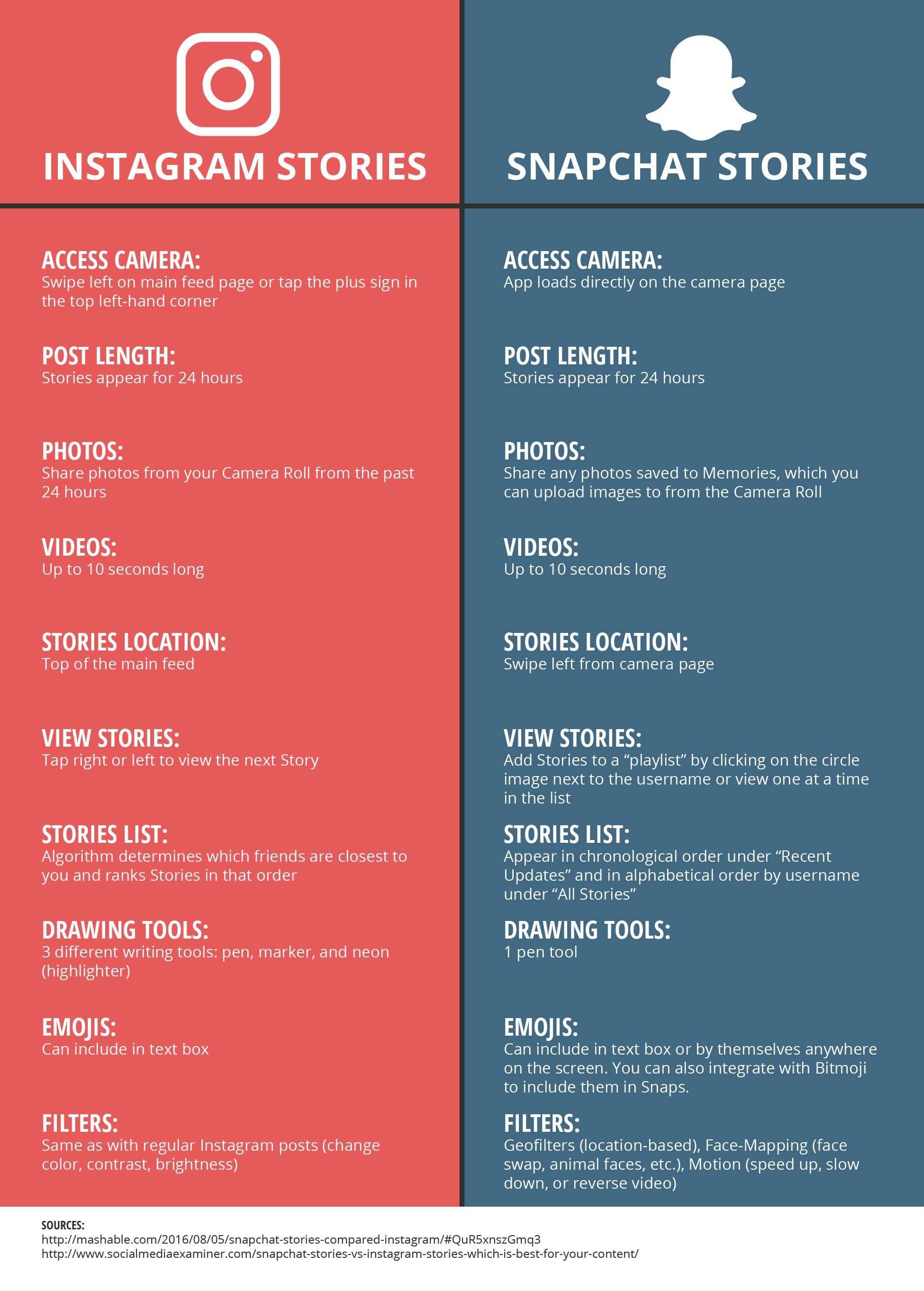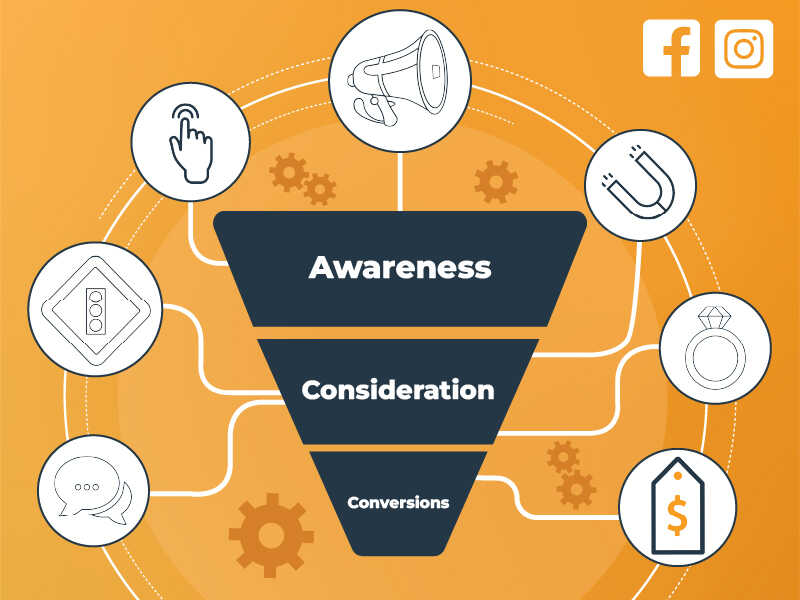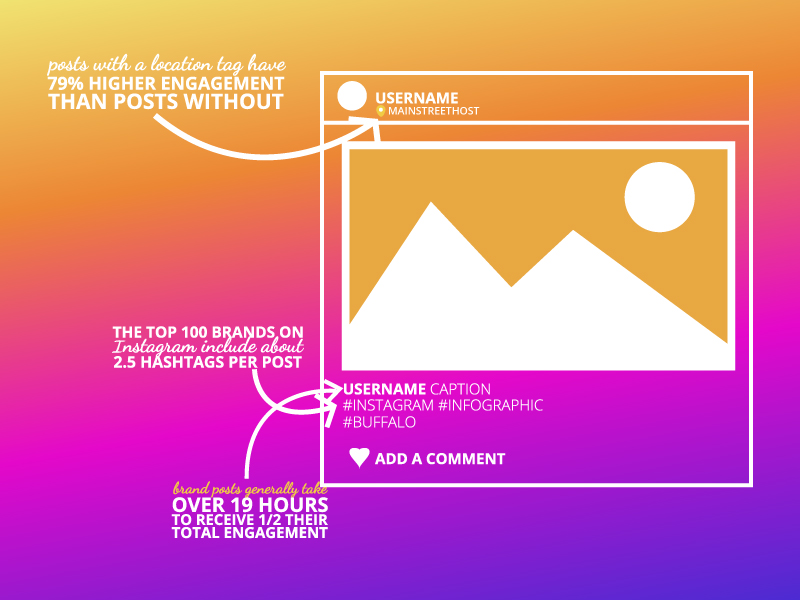A few months have passed since the launch of Instagram Stories, a way to share photos and videos without overwhelming your followers’ news feeds. When Stories was first announced, social media experts and users alike noticed that it was practically a carbon copy of Snapchat Stories.
But it’s not much of a surprise that Instagram would incorporate a feature like this, considering that Facebook (the owner of Instagram) unsuccessfully tried to purchase Snapchat back in 2013 – right after Snapchat Stories was released. The Facebook-Instagram conglomerate has been on an unrelenting pursuit to compete with Snapchat through acquisitions of different technologies and apps, and the launch of Instagram Stories is no exception.
What’s interesting is how long they waited to add the feature. When Snapchat users (and probably a lot of Instagram users) have already been using Snapchat Stories for years, is it reasonable to assume that they’ll want to post the same ephemeral content on multiple platforms? Probably not.
Instagram’s hope is that users will abandon Snapchat Stories and revert back to Snapchat’s original use: images and videos that delete immediately after being viewed. But again, that could be a lot to ask.
Instagram’s biggest advantage is the size of its user base, with 600 million monthly users compared to Snapchat’s 150 million. So the potential is there – if users are willing to give it a chance.
Instagram Stories & Snapchat Stories: A Comparison
Pros and Cons of Instagram Stories
Without a doubt, the biggest advantage that Instagram has is its massive audience of 600 million people. With such a large pool of users, if even just a fraction of those utilize Stories, they could really give Snapchat a run for its money.
Another benefit to Instagram Stories is its prominent placement at the top of the home screen. On Snapchat, you have to swipe left from the main screen (the camera page), and that one extra step could discourage people from using the feature. It’s also easier for new users to familiarize themselves with the tool, with text labels indicating which button shares to your Instagram Story and where you can access your Camera Roll to upload photos. While Snapchat’s interface is cleaner, there’s a slight disadvantage to less-experienced users (especially non-digital natives) due to a lack of labeling.
From a design perspective, Instagram offers more illustration options with three drawing/writing tools to customize images and videos. But with Instagram Stories still being in its infancy, its features are limited, with no geofilter or face-mapping options currently available.
Unlike Snapchat, you can share a post from a Story to your profile if you want it to be permanently visible and appear in the news feed – but you can’t upload any photos from your Camera Roll that are more than 24 hours old. As of now, the only workarounds are to re-upload the image to your phone or take a screenshot.
By far the biggest downside to Instagram Stories has nothing to do with the feature at all, but rather an app algorithm that determines which followers are your closest friends (and therefore which order to display their Stories). We’re well aware of the issues that Facebook has had with its own algorithm, from decreasing organic visibility of Page posts to sharing fake news in its Trending section, so it’s understandable that users may be skeptical of its effectiveness.
Pros and Cons of Snapchat Stories
When it comes to familiarity, Snapchat clearly has the upper hand. Stories have been around since 2013, so loyal users are well-versed in its features. They also have more options for customizing posts with the popular geofilters and face-mapping filters, and you can even create your own geofilter for a specific event or location for a small fee.
Even though Snapchat’s audience is significantly smaller than Instagram’s, it’s an audience that continues to grow. Snapchat is quickly proving that it’s not just a platform for millennials, but a network for users of all ages and a valuable marketing tool for brands. Following a company or celebrity on Snapchat gives you an inside look at what they’re all about, and some brands are incorporating Snapchat-exclusive contests and special offers into their strategy.
But despite the network’s massive growth over the last couple years, it will be almost impossible for them to catch up to Instagram. And these extensive personalization options have come at a price. Snapchat has been criticized multiple times for its facial recognition filters that noticeably lighten or darken a user’s skin tone.
Interestingly, one of Snapchat’s most attractive elements is also arguably its biggest downfall: its interface. For experienced users, it’s not an issue, but for a network trying to expand the size and diversity of its audience, this may be something they have to address. Snapchat relies on the fact that the majority of users post regularly so they know which button is “Share to Story” or “Save to Memories,” even though it doesn’t say so. It makes for a simple, clean interface, but also potential confusion for newer users that may not know what these icons mean.
Which “Stories” Will Rise to the Top?
Snapchat may have been the early adopter of Stories, but Instagram’s large user base gives it the potential to compete. The biggest question is what will those loyal users to Snapchat Stories do? Will they remain devoted to the familiar platform or will they give Instagram Stories a try?
Even though the features are so similar, both networks have found ways to differentiate themselves: geofilters and selfie lenses with Snapchat and the ability to share a Story to your Instagram profile for more permanence. We will have to stay tuned to see how these two platforms continue to evolve and stand apart from one another – and whether user preferences will change in the process.





